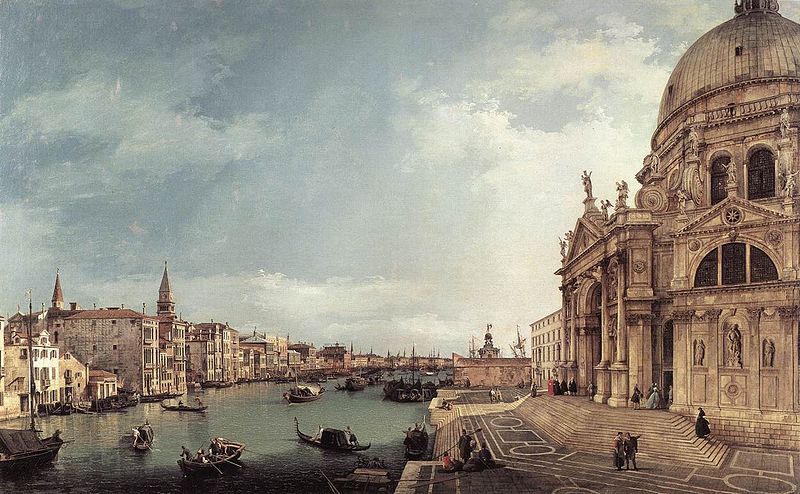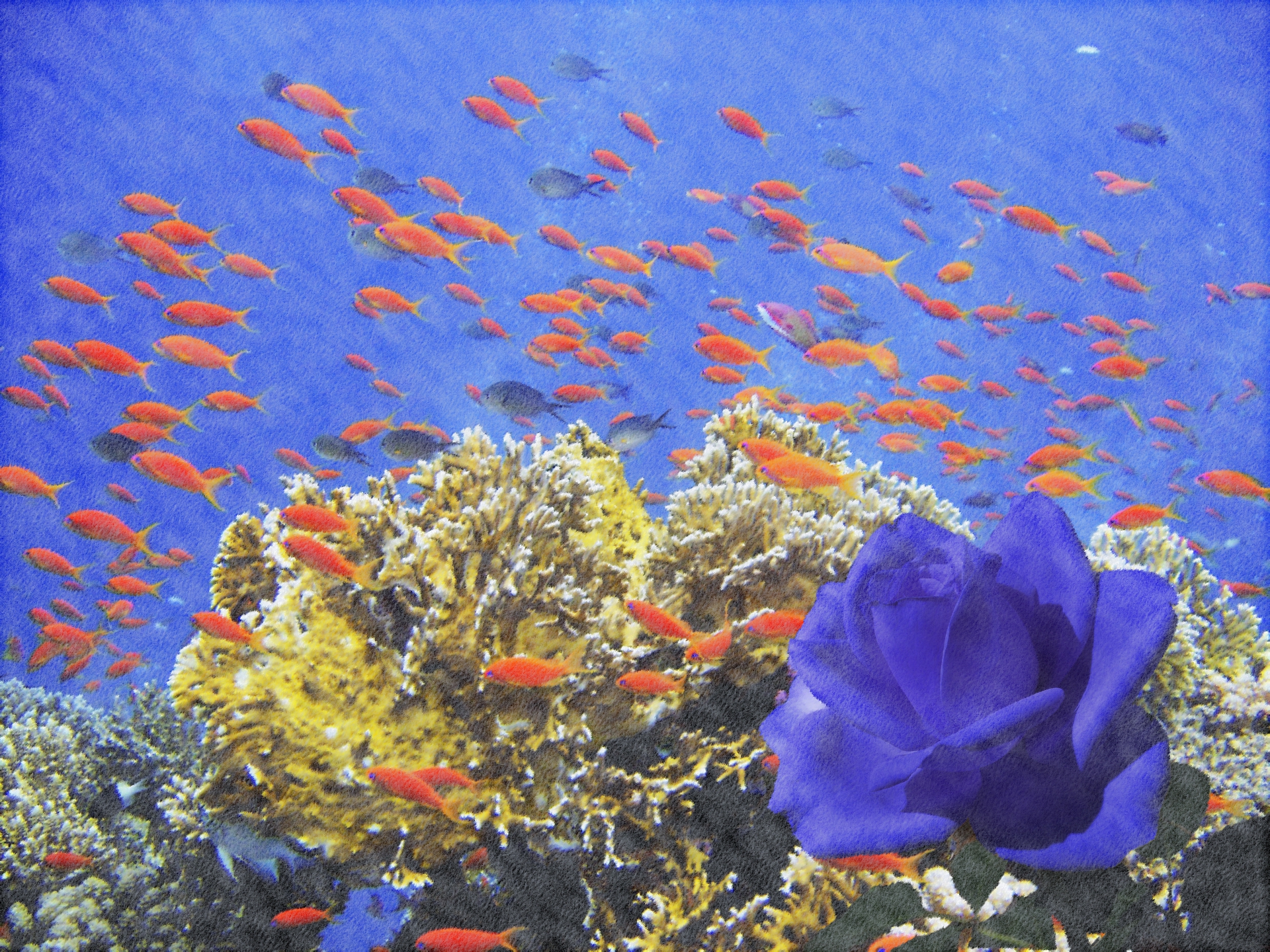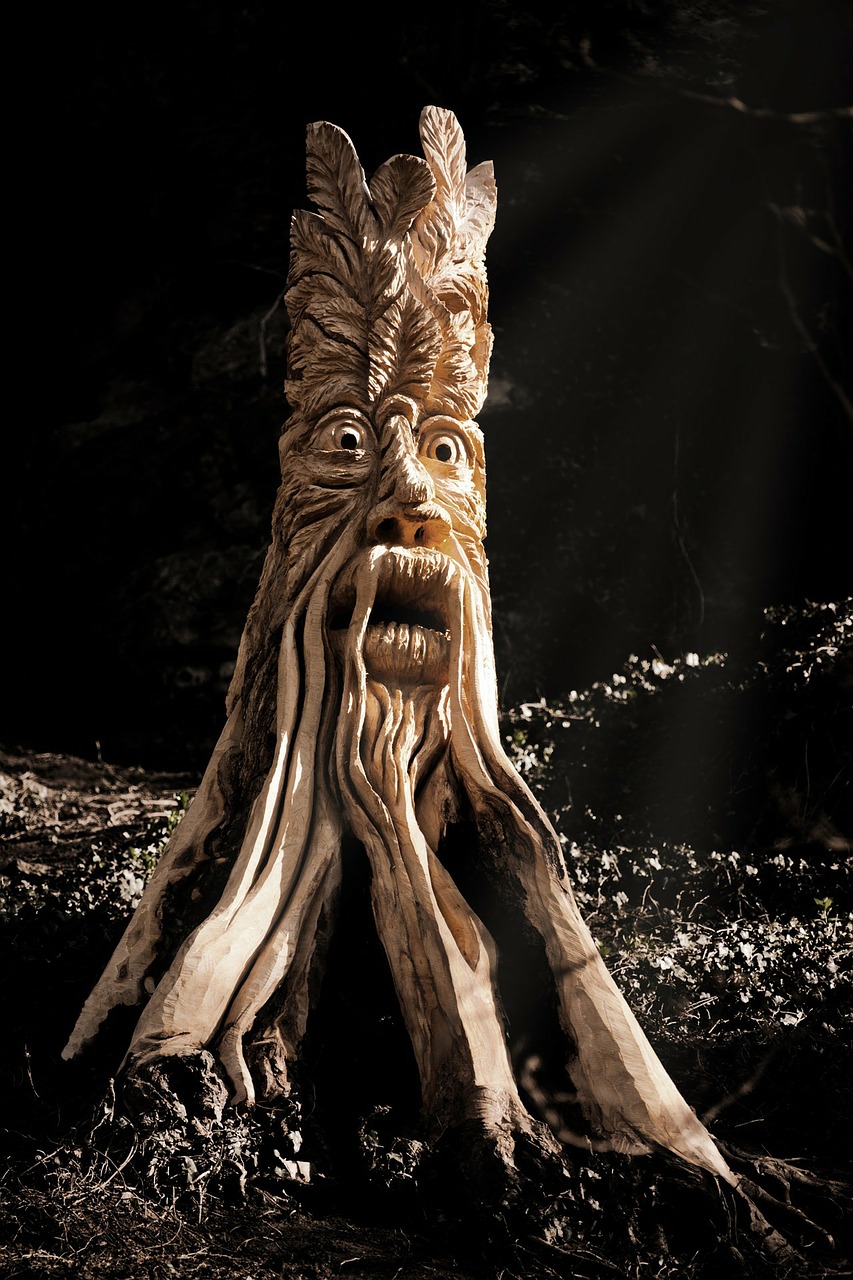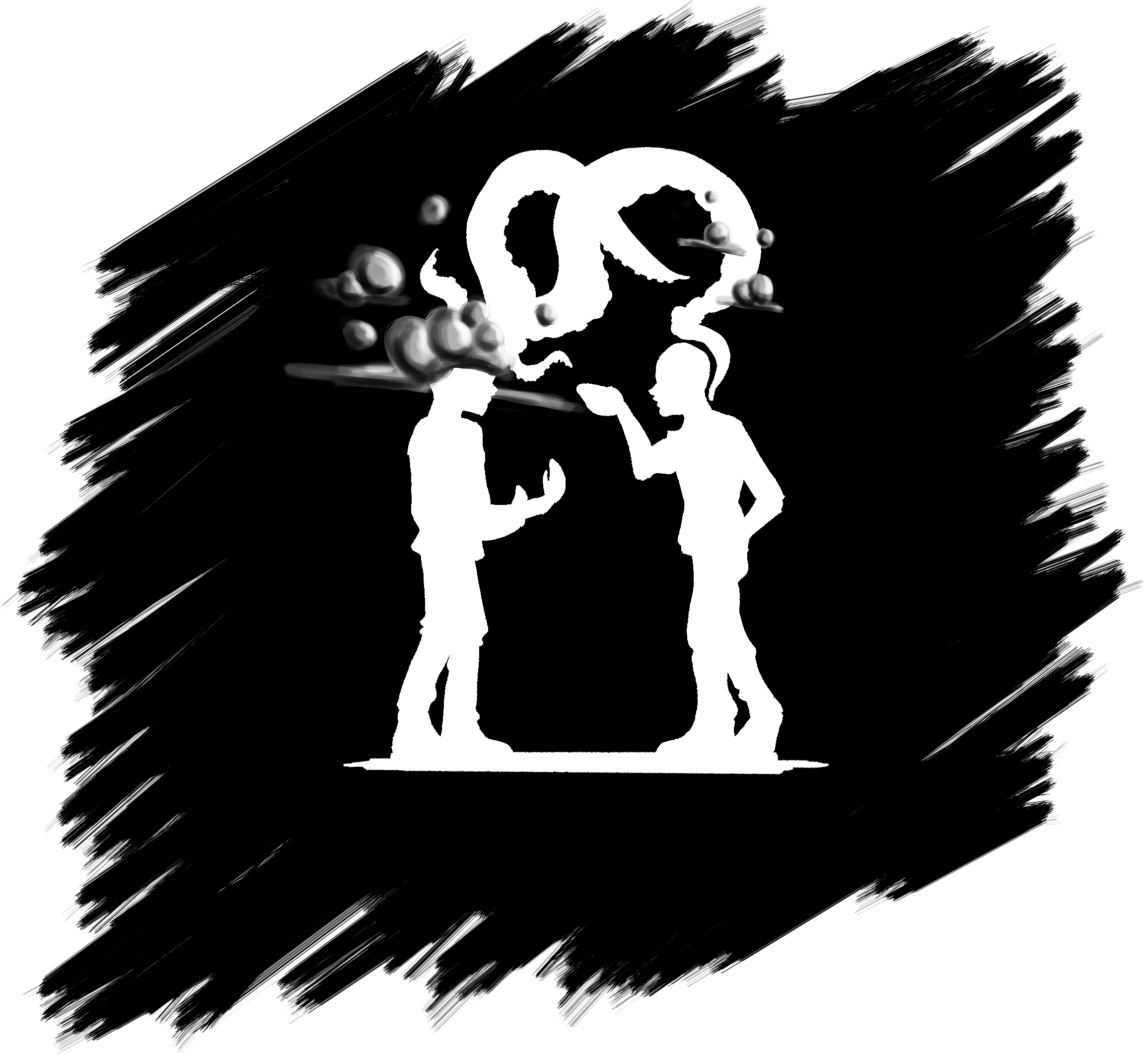Rosa Marina
The rosa marina are a type of flower that has adapted to underwater life after the conflagration and presently represents a very expensive exotic good.
Basic Information
Anatomy
Rosa marina is a spontaneous plant typical of the shallow waters scattered across Saynué, often they can be found on rocky substrates on crater borders or banks at short distance from the sea surface so that sun-light can still provide sufficient energy for photosynthesis. The generally grow in large thorny shrubs that will provide the habitat for their pollinator, the Anomalocaris, alongside a large number of other fishes and crustacean. The flowers are very similar to the ones of terrestrial roses with exception of the colour, Rosa Marina are typically dark Blue or Purple, occasionaly with yellow reflexes due to the high content in sulphur of the water in the Saynué. The leaves are present along the stem alternating sides and are usually around ten centimeters in lenght, with pinnate margins.
Genetics and Reproduction
The flowers of Rosa Marina are hermaphrodites, the pollination is granted by the presence of a crustacean that lives and hunts within the shrubs of this plant, during its predatory activities it does cross pollinate different flowers.
Growth Rate & Stages
A shrub of this plant in appropriate conditions can cover a surface of about ten square meters. The plant is perennial but the flowers are annual, therefore the same plant can be harvested once every year.
Additional Information
Uses, Products & Exploitation
Ornamental uses
The more common use for Rosa Marina flowers is ornamental as after resection, their deep blue and purple tones makes them fairly different from any terrestrial rose. Furthermore, the dangers that harvesters have to face in order to collect flowers affects sensibly the cost and, for this reason, this flower is considered a status-symbol for noblesse and wealth. After resection, the flower can survive for only a short time, for this reason Hydromancers can cast spells on them to prolong their life, unfortunately this treatment is not cheap. A real Rosa Marina flower can cost several thousand gold pieces, especially when you move away from the southern coast. It is wise to observe very well the flower before buying it, because there are fake ones that are worth only a few coppers.
In Medicine
Dried petals on Rosa Marina, macerated in spring water, wine or oil can be used for various medical properties. Their fragrance is used as a perfume base and can help in the treatment of headaches and mood swings. The rose wine has been used to relief sore throats and as a tonic. Creams obtain from this flower can be used to treat skin rash, scalding and burns. The buds of the flower are rich in antioxidants, but their cost is excessive to be considered viable by most people. The fragrance of Rosa Marina water and wine can be used to hide poisons.
Gastronomy
In gastronomy, the flavour of Rosa Marina water has been associated to give a sweet touch to several gourmet dishes by the fancy cooks in Saythian. Furthermore, dried petal can be used in form of infusions and herbal teas for their antioxidant properties. The petals can be glazed in sugar or chocolate and used to create jams and jellies.
Artistic connections
Sculpture
The wood from the thickest branches of Rosa Marina can be used to carve little figures. Differently from the flowers, there's no need to get involved in risky sea-travel to get it since it's not uncommon to find fragments of it washed on the southern shores of Phaldorya after a storm. The price of this little artworks is stricly connected to the quality of the artist involved, but it will never get near to that of the flowers.
In literature
Rosa Marina has a strong connection with the characters of the novels "The prince of Sorrow" and "The Path of Vengeance" by Lucas Almeyda.











I LOVE the idea that these are pollinated by crustacean. That's a really nice touch. I love that they've adapted to life under water, and that they have uses in both medicine and gastronomy :D
I still have to add a side paragraph about connection in arts... but lately, everything takes more time than normal...
I have added a few lines about the connection of the flower to art uses. It is still a draft, furthermore, I need to think about its possible religious connections in the Boann's cult... It might easily get sorted after the end of the challenge as it needs too many tweaks and fine-tunings in various articles.